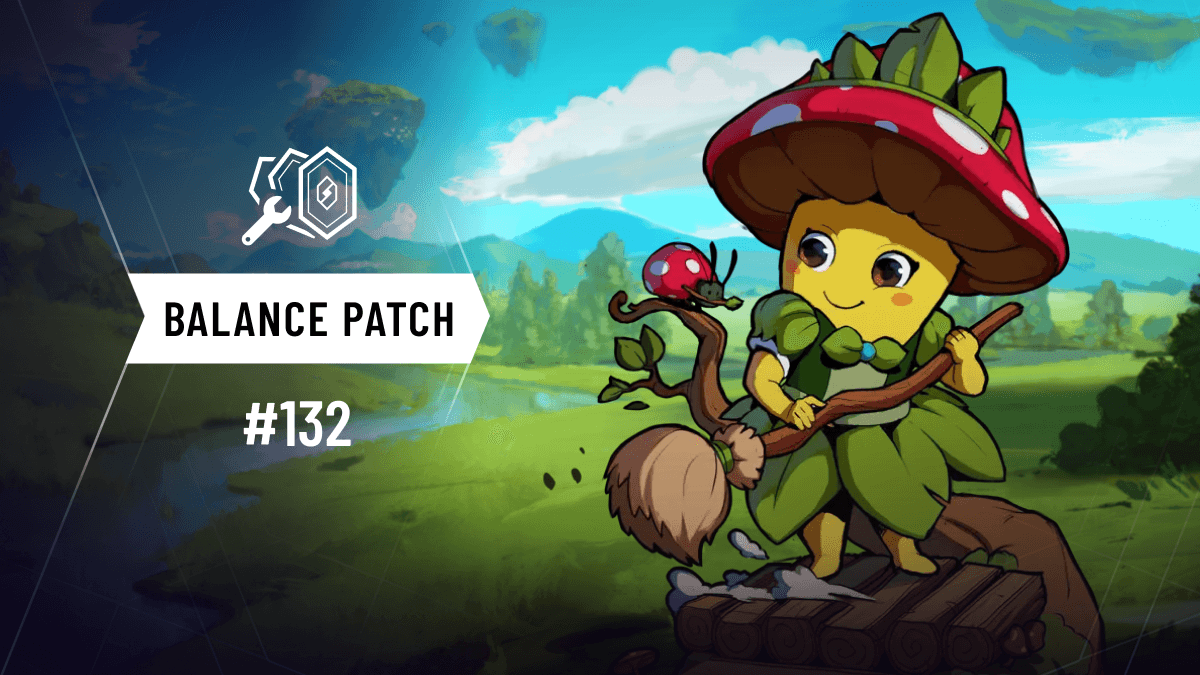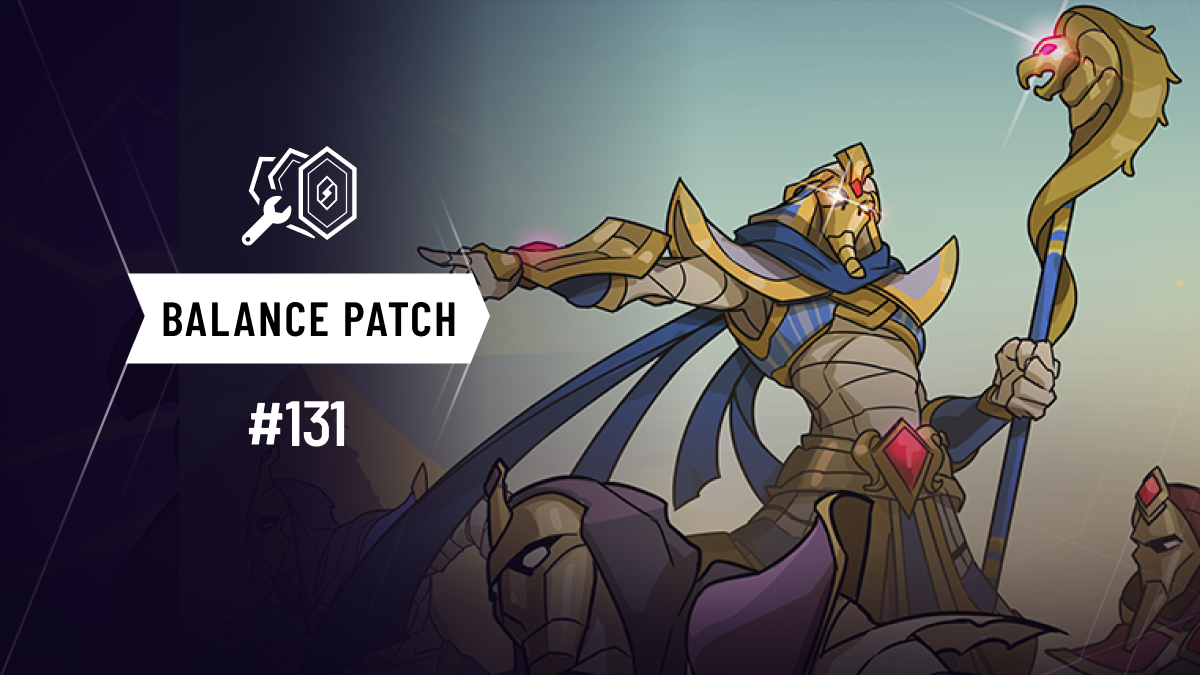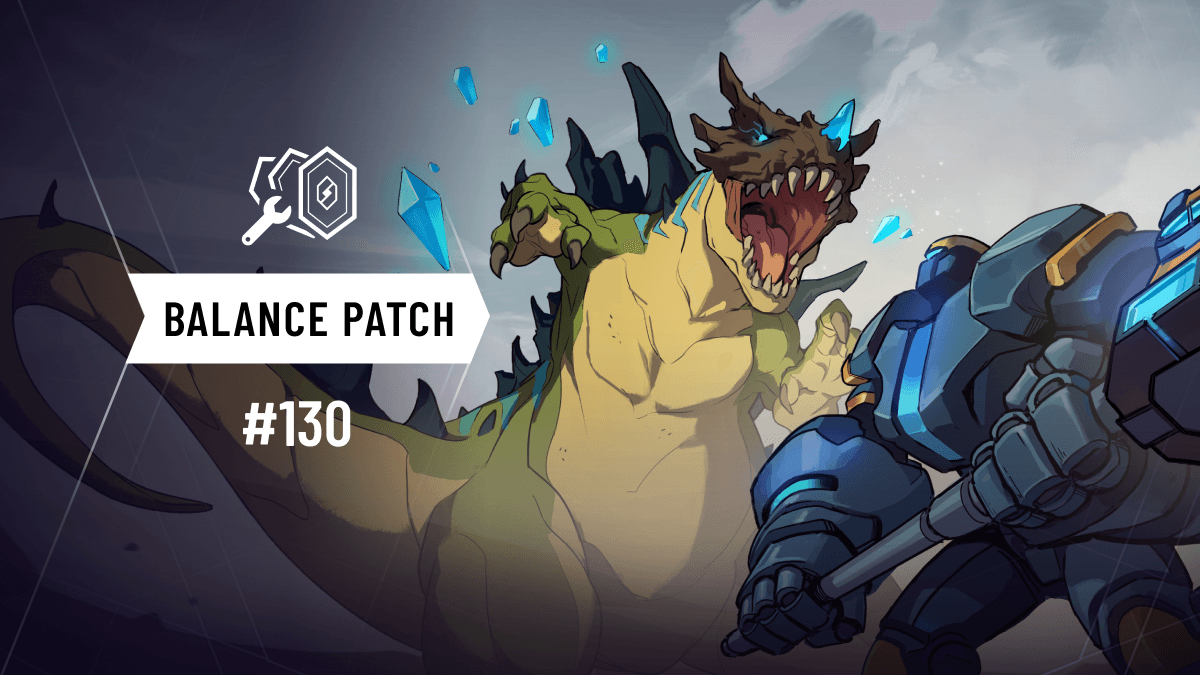Clash of Inventors Design Review Part 2 - Individual Card Designs
Welcome back to our two-part design review for Clash of Inventors! Last time we covered the set’s core mechanics and subthemes, and this week we’ll be diving into the design goals and decisions for some of Clash of Inventors' individual cards, giving you an inside look into the design goals and iterative process that went into their development.
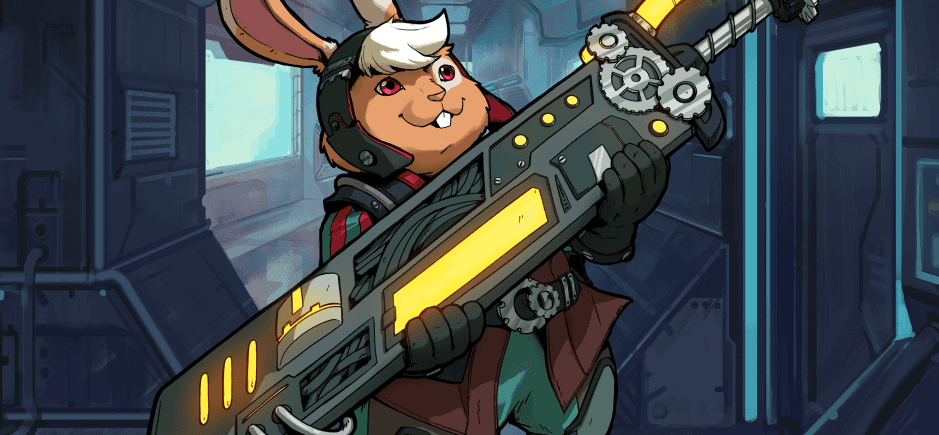
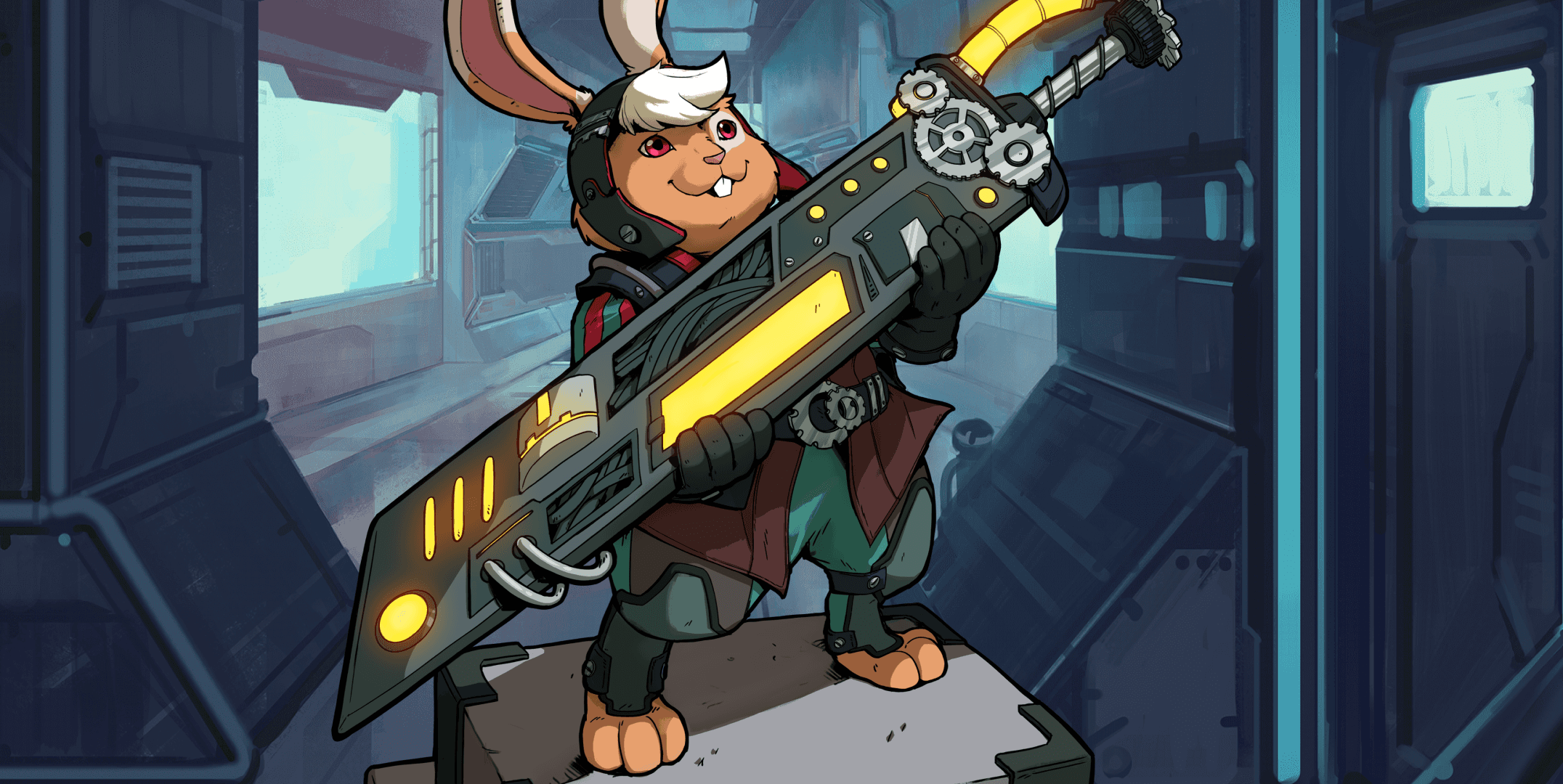
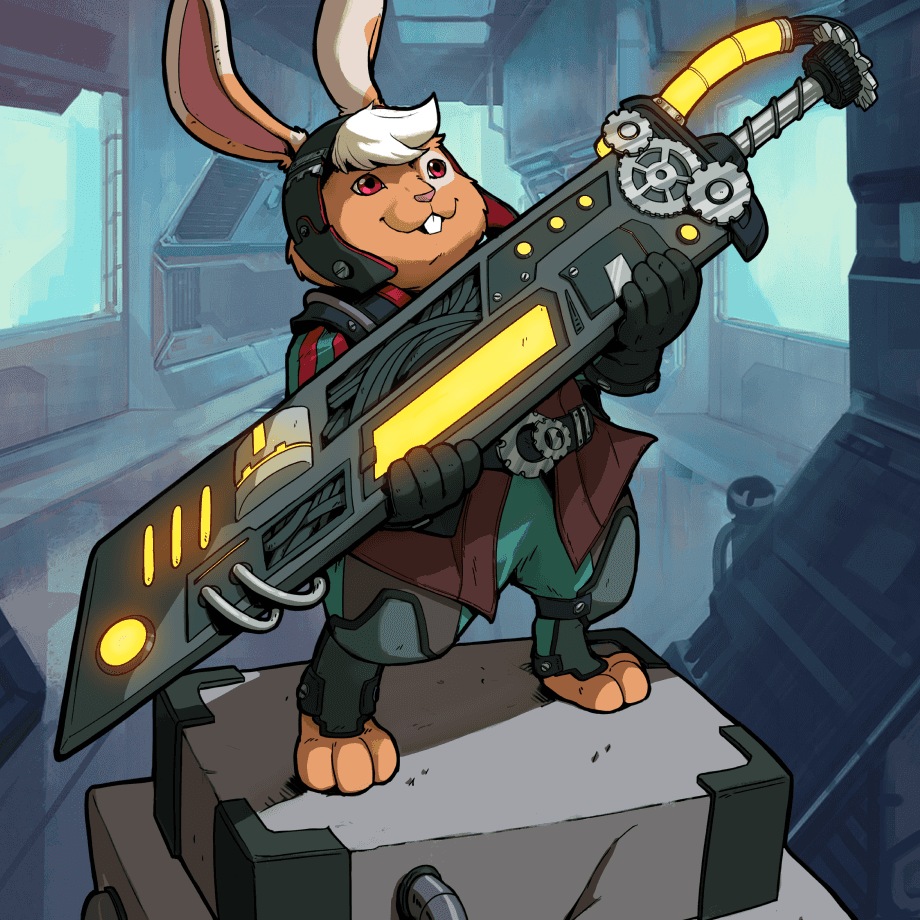
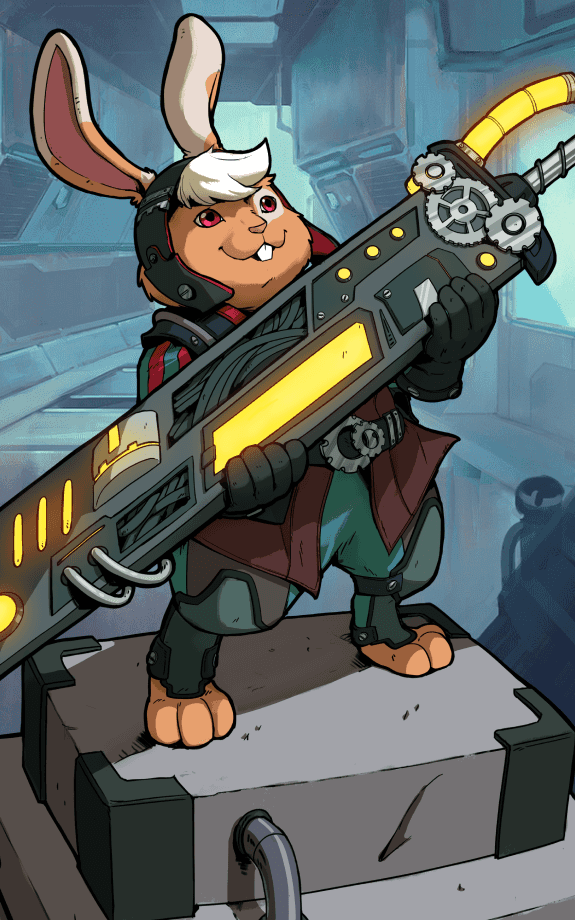
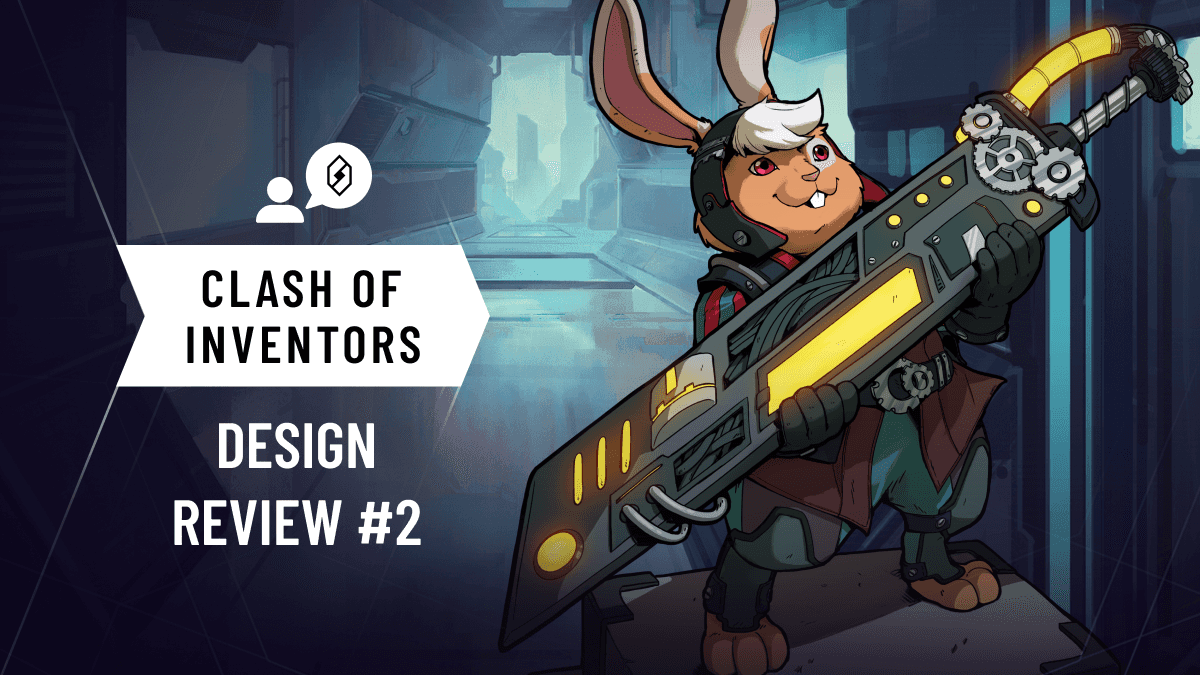
Buster, Squire
When designing cards, we’re always considering new and thematic triggers for card effects and how they can open up new synergies. In the case of Buster, we wanted to develop an effect that would trigger and buff units “As they attack,” but before dealing damage, as this allowed for a lot of synergy with the Dash Trait, in addition to allowing you to buff any units you already had in play. Buster can also buff himself, but he’s a lot stronger when you can utilize his stealth to place him between two readied units and buff both of them immediately. Another objective for the design of Buster was giving Mira a strong Metal unit to target with Glorious Mane in the early game.
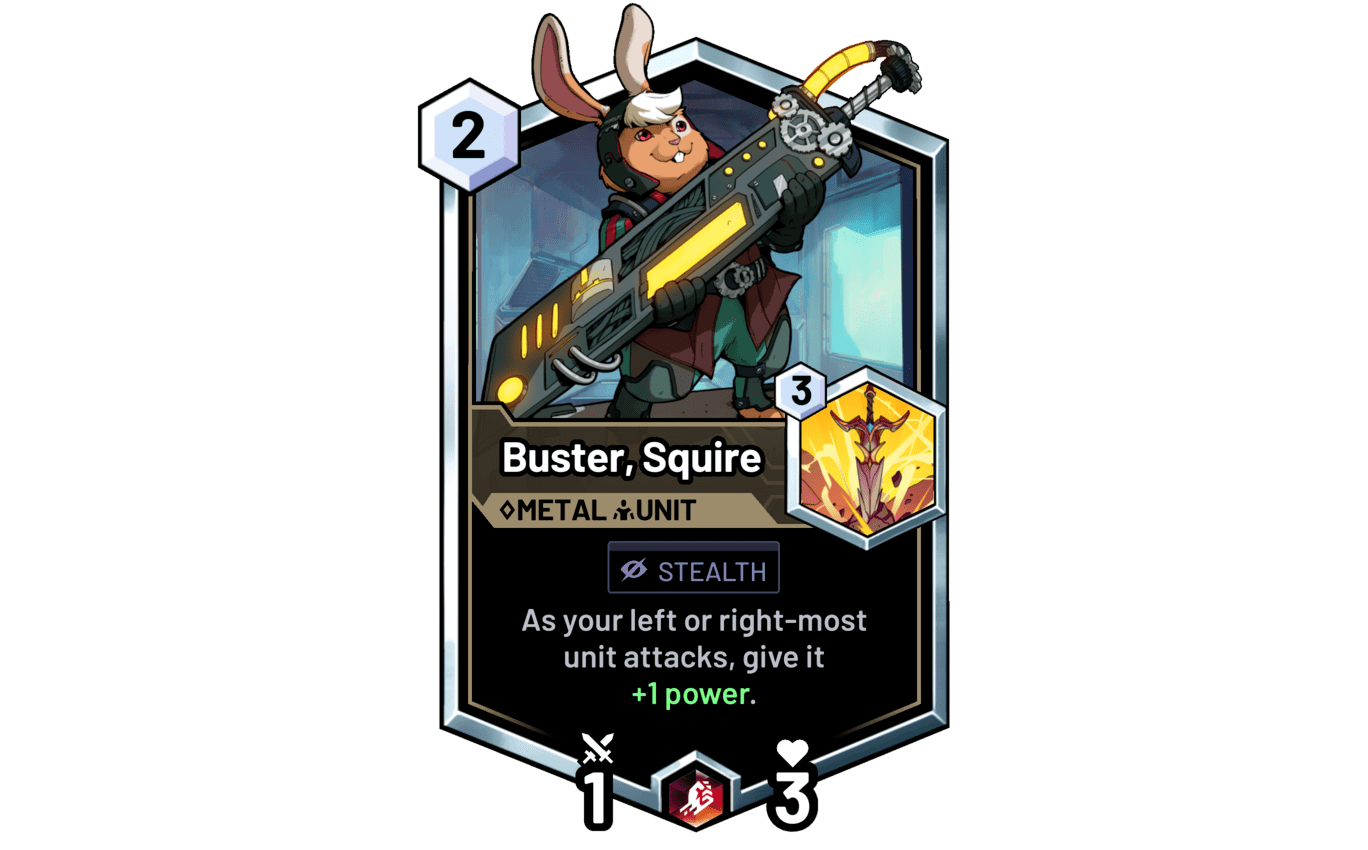
Buster went up and down in cost from 2 to 3 mana a few times, but overall we wanted the design to be more tempo focused to help support Glorious Mane and allow it to impact the early game. There was also a version of the design that buffed any attacking unit, but it didn’t feel as thematic or interesting because it would buff itself more often, and the core design was focused on buffing other units. One of the other changes made throughout development was trading Lead for Dawn Blade. While the Lead served to make Buster a bit more resilient, it didn’t really fit its focus on buffing other units, and that felt like a failure thematically.
Tiamat’s Rage
One aspect of Skyweaver we are always considering is how we can expand the lore and world of Sky through its cards and stories, reinforcing and building upon different characters and making them feel like a larger part of the world. One of the primary ways we achieve this is through having iconic characters feature on spell cards, showing actions they have taken, or aspects of their personality. There are few creatures in Skyweaver that are more iconic than our eight elemental dragons, and with the release of Clash of Inventors, each now has their own named spell, with the addition of the final two - Dracoimpact and Tiamat’s Rage.
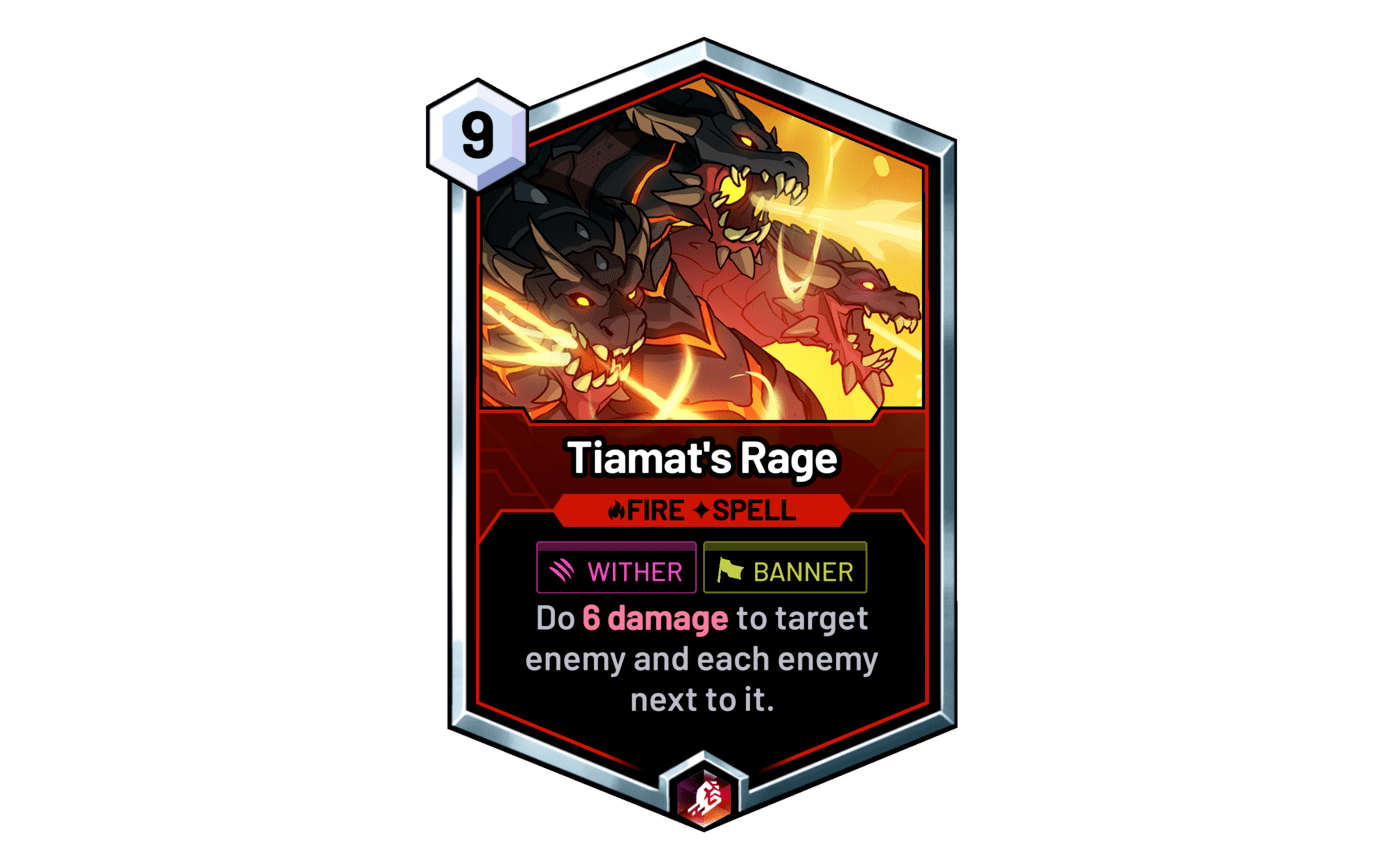
The primary design goal for Tiamat’s Rage was to create a spell that really resonated with Tiamat’s design and overall themes, akin to how Kha’s Wrath is for Kha Meht. Rage bears Tiamat’s keywords and deals damage equal to her attack to a target enemy and the enemies next to it. The overall design was locked in pretty early on, but underwent several balance changes. Initially it was “do 6 damage to three different random enemies” but the “allies next to it” version felt much more fun and flavorful. For a time it was 8 cost, but that proved too oppressive as a finisher, so we removed Banner. That version was still a bit too powerful, so we moved the spell up to 9 cost and returned Banner, nerfing the spell and making it more thematic while still leaving it as a powerful late game option.
Bloodletter
Bloodletter was a largely top-down design based around the idea of a mosquito, extending from some incredible art that we had available, The design of a unit that bites the enemy hero and has Lifesteal came from this, and the trigger condition of ‘when your hero loses health’ was chosen to fit with the sub theme we wanted to push for Agility in Clash of Inventors, that being gaining advantage when their hero loses health.
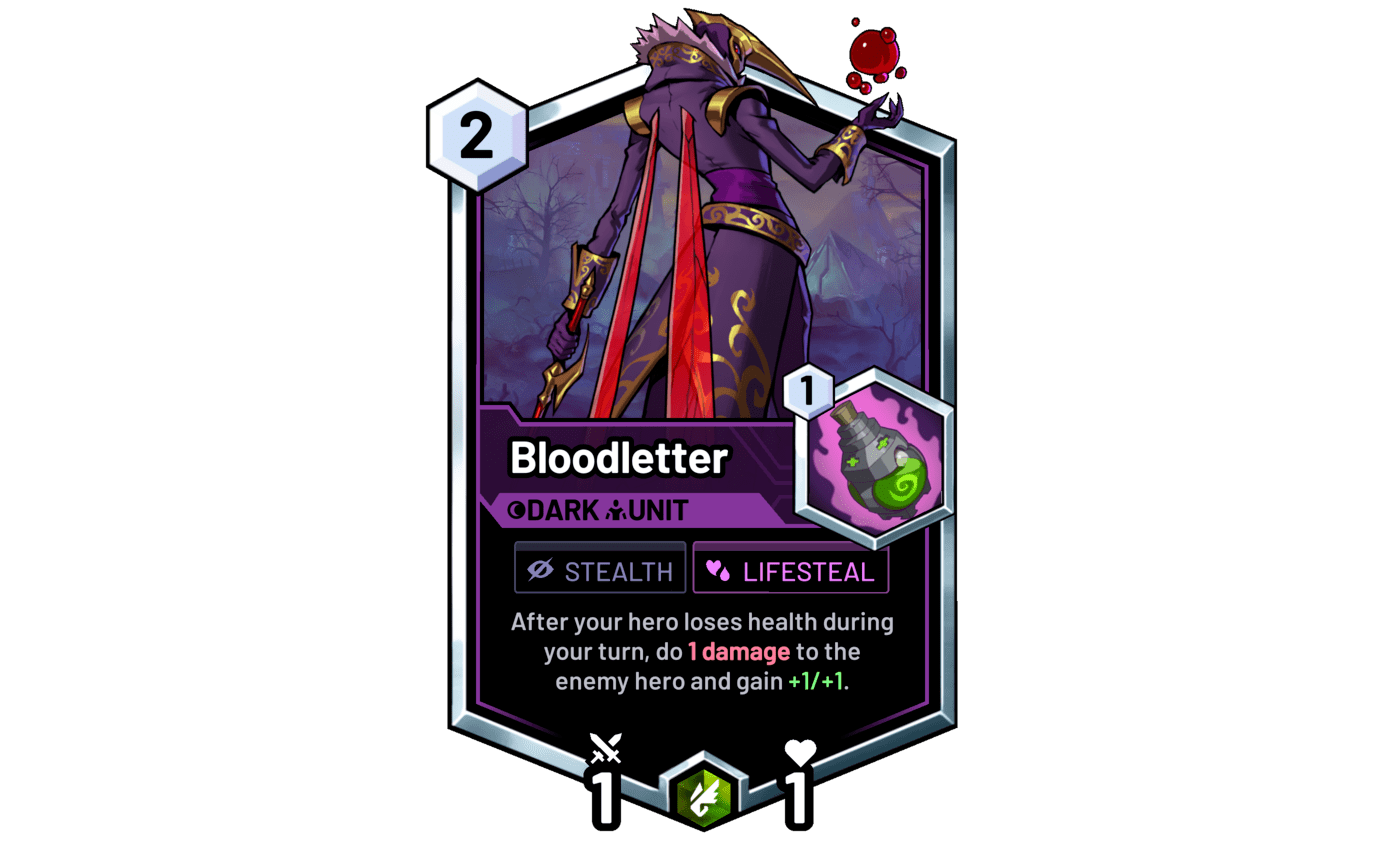
The initial design for Bloodletter lacked the “gain +1/+1” effect and was a 3 cost 3/1 instead, and only had the “deal 1 damage when your hero loses health” ability. The final design actually evolved from Matthew suggesting a card that gained stats upon your hero losing health, and rather than making it a separate card, we added the effect to Bloodletter, which had honestly been feeling pretty lacking up until that point. We tested it as a 3 cost 2/1, but it still felt a tad weak, so we adjusted it to a 2 cost 1/1 instead, and it has felt great ever since.
Cyber Sniper
The initial design for Cyber Sniper actually dates back to the first interview Matthew had before joining the design team. He pitched an idea for a new Trait called Ranger, which allowed units to avoid damage while attacking. While Ranger lacked the design space to become a full Trait due to concerns about it being able to snowball too easily, we instead opted to try it on a single card. Matthew wanted to portray the feeling of attacking from range, and Cyber Sniper fits that perfectly, being both immune to counter-attack damage and being able to shoot past Guard and Stealth to freely attack enemies. Its ability to attack aggressively with Dash and hide behind cover with stealth adds to its value as a proactive threat for Agility.
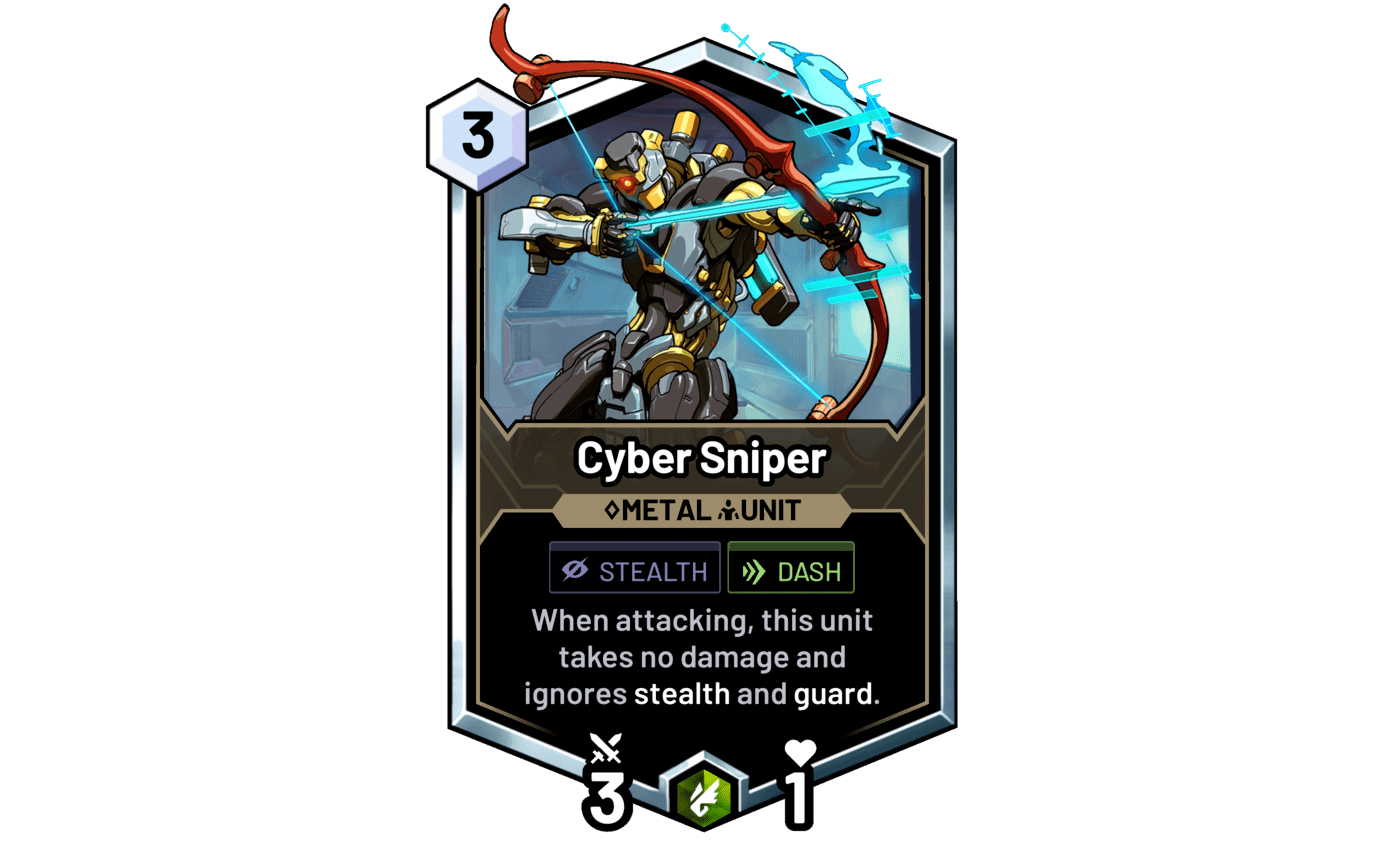
Earlier in design, Cyber Sniper had Shroud, but this proved to be somewhat oppressive as removing the option for your opponent to remove it with spells could often leave them with few options beyond playing another unit into it just to have that unit die, and since Cyber Sniper usually gets at least one kill thanks to Dash, we opted to drop Shroud for balance concerns.
Dessert Golem
Dessert Golem is another card that had been in the pipeline in one form or another for a considerable amount of time, and actually started life as a much more unusual design several years ago:
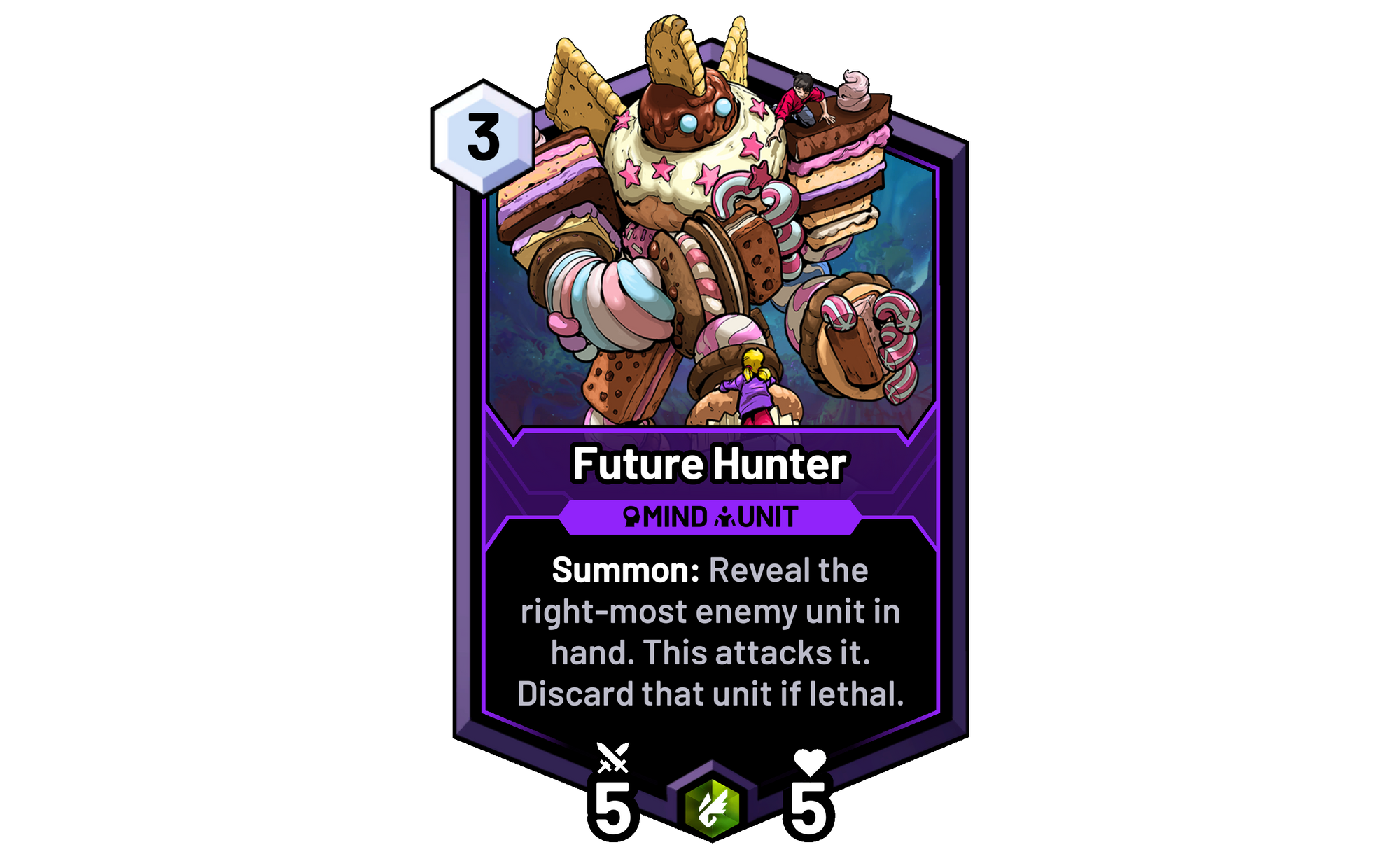
The original actually attacked and damaged (and took damage from) a unit in the enemy hand, discarding the enemy unit if the attack was lethal, but this felt very random and could result in you paying 3 mana for a unit that died immediately, so we opted to allow golem to actually pull the unit out of the enemy hand instead, allowing you to use spells or other units to help finish it off.
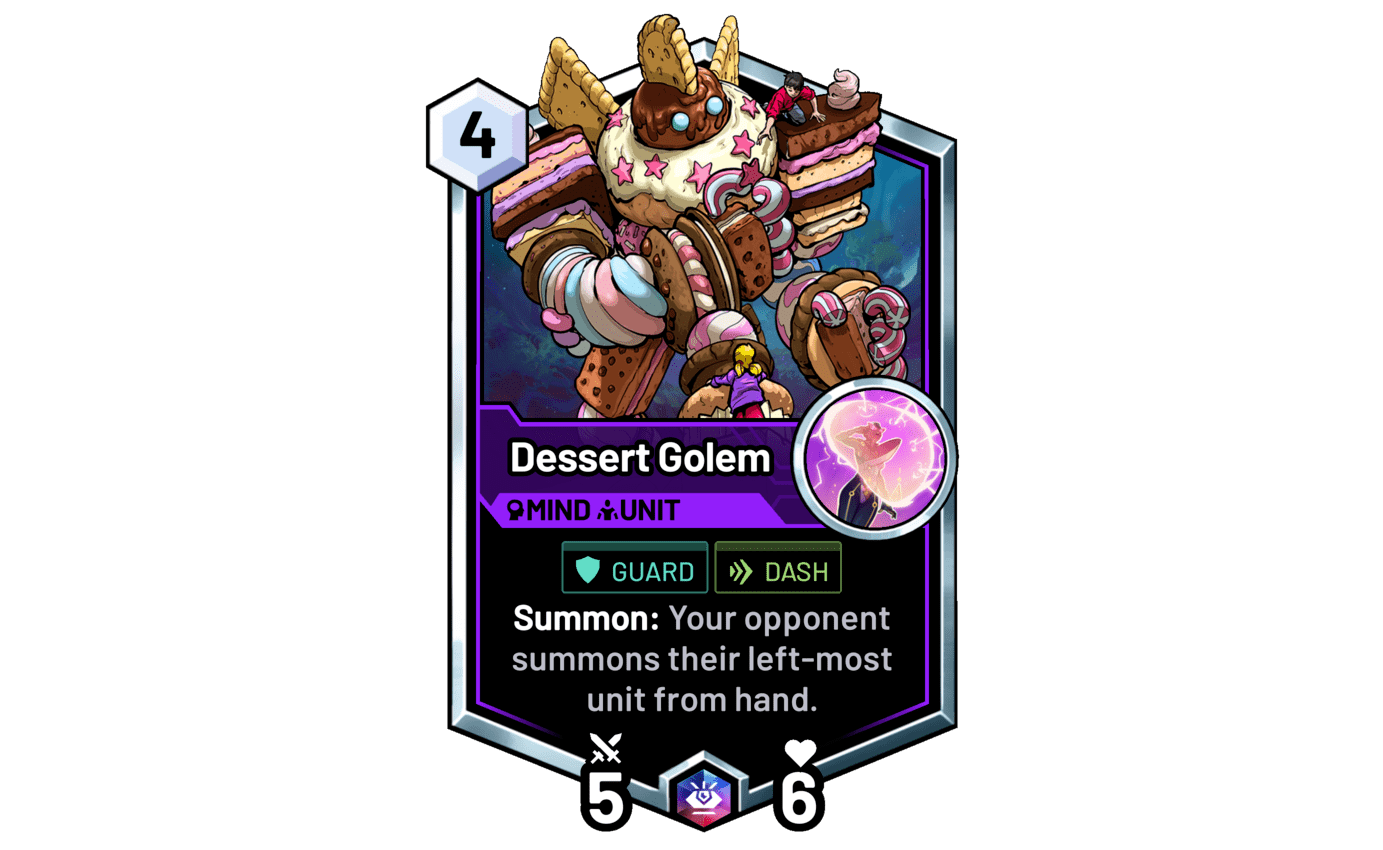
As the metagame has developed, one thing we have taken notice of is that slower decks have limited ways to answer combo decks, as means to disrupt combos relying on one or two key units like Zam cannot be reliably answered as the game lacks many ways to discard or remove problem units. In Clash of Inventors we really wanted to add a few tools to allow decks to try to counter combo decks by forcing out their key pieces early, namely Dessert Golem and Primal Clash, which can allow a crafty player to disrupt a unit based combo via pulling out a key piece early, and also Sonic Jammer, which can disrupt a combo deck’s big turns via increasing the cost of all their spells, forcing them to wait a turn or more to try to go off, and possibly buying aggressive decks more time to pressure them.
Overdraft
One of the main aspects of Wisdom’s design we wanted to focus on in Clash of Inventors was its ability to accrue resources, through creating cards that would reward Wisdom decks for doing just that. At the same time, reliable Wisdom removal in the 4 cost slot was somewhat lacking, as Waterline and Seal of Doom could be inconsistent, and carry a lot of risk, respectively, so we wanted to design a lower risk removal tool for Wisdom that played to the prism’s strength of resource allocation.
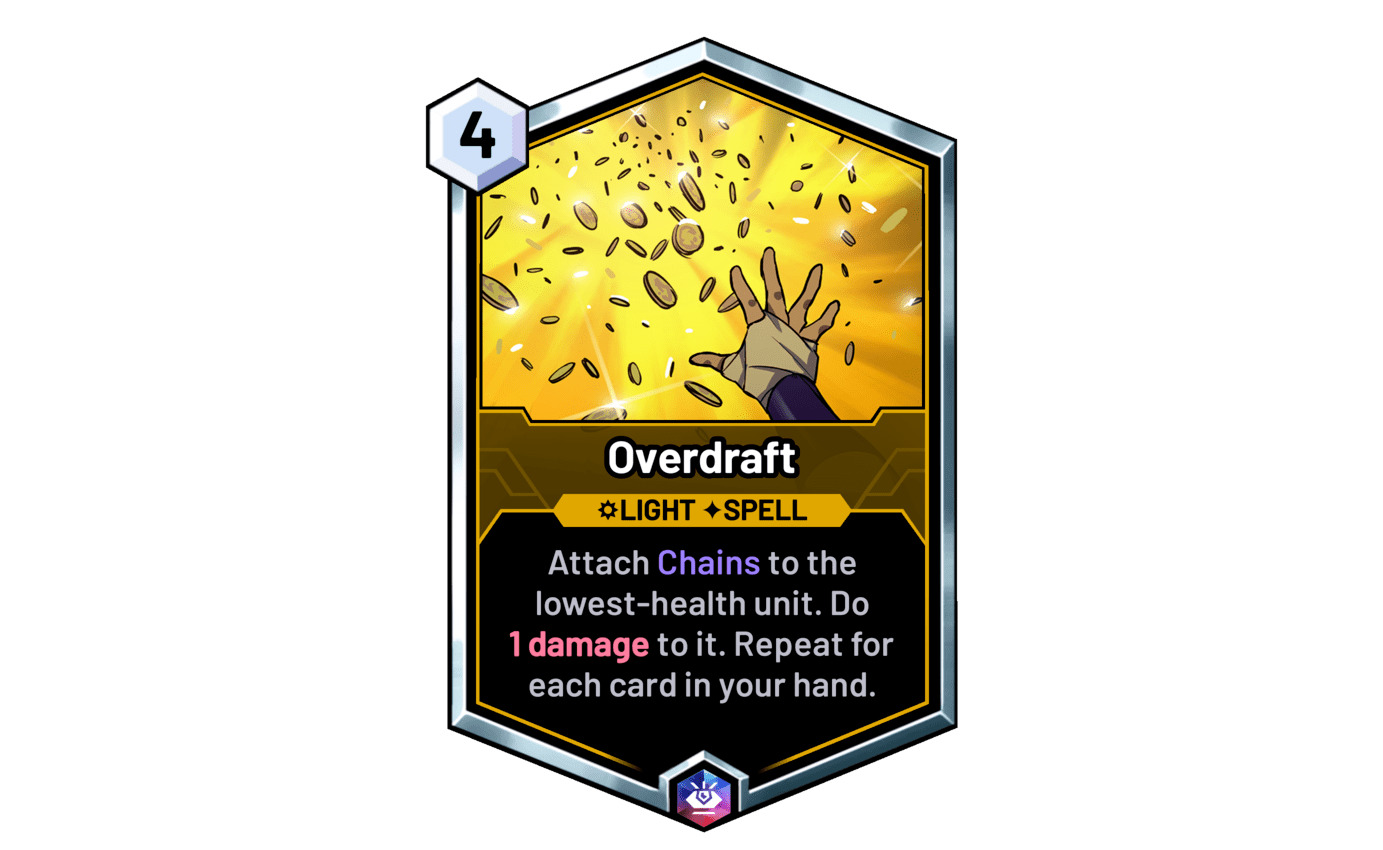
While not a unique concept, being a bit of a spin on the design of a card like Gear Grind, Overdraft provides Wisdom with a very flexible removal option that is effective against both wide boards of small units and single larger units, provided you can keep a healthy hand size.
Mechshroom
The idea of an ‘infinite unit’ was something we’d been toying with since we first made the Krampus event over a year ago, and with Clash of Inventors we finally found a home for it in Heart with Mechshroom. While it is quite a scary card in principle, being nearly impossible to permanently remove and constantly returning to deck and becoming stronger each time, the amount of time needed to build up a Mechshroom is also an important consideration that would help keep it balanced.
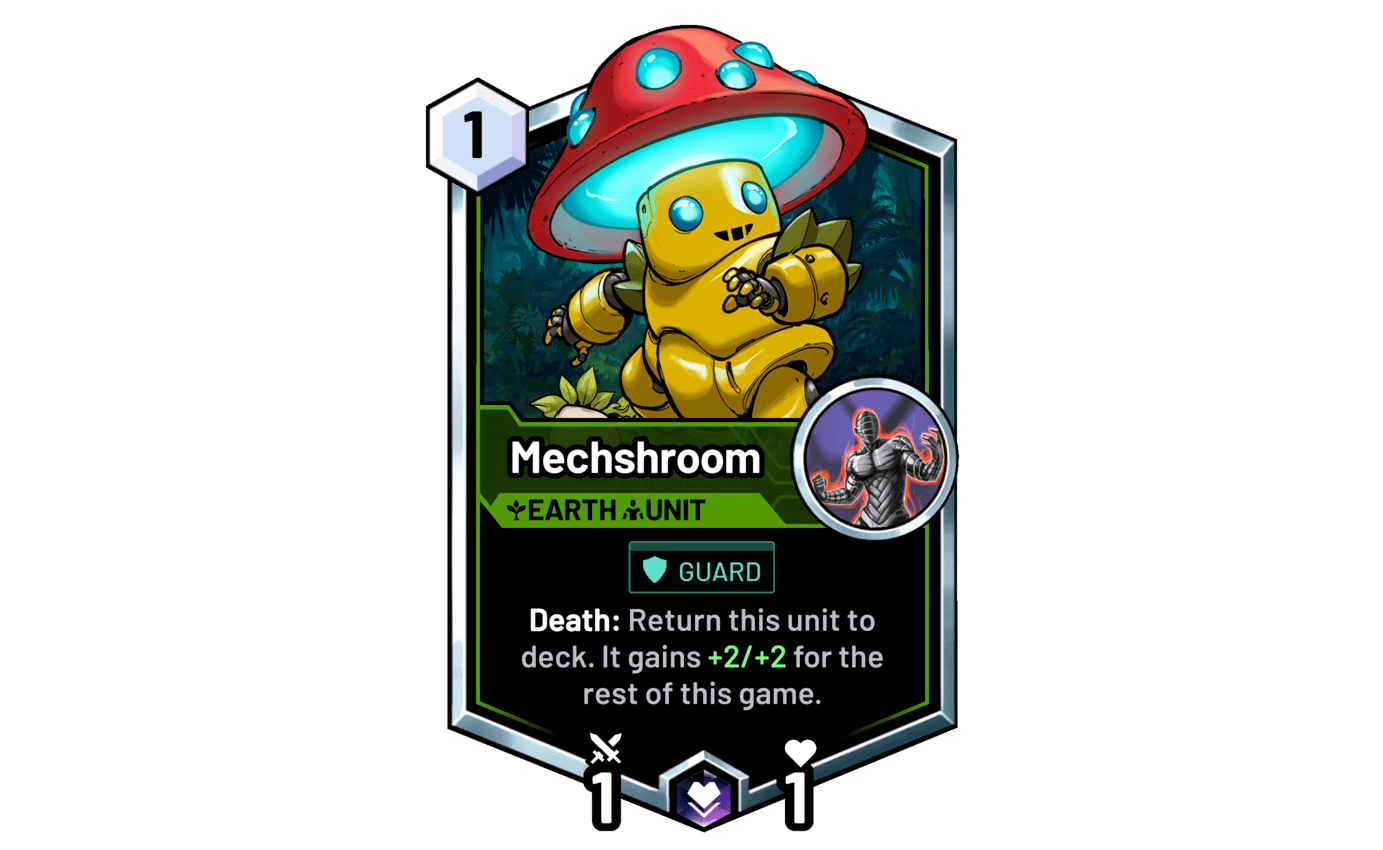
Mechshroom saw a number of revisions throughout its design process. Initially, it was a 1 cost 1/1 Armor Guard with Lead, and gained not only +2/+2 but also +1 cost on death. This never made it to formal testing, as it was determined that it would scale far too quickly due to Armor, even with the cost increase. Additionally, the cost increase was confusing as it didn’t reset when the unit entered play, meaning Mechshroom would count as being higher cost while in play, which messed up interactions with cards like Waterline and Whelm, and broke our internal rule of units cost resetting when they enter play, so we removed the cost increase effect and Armor and made it 1/2 and added Lifesteal. This still proved too strong, as Lifesteal coupled with its massive stats it could build up made it very difficult for decks to answer using their hero and threatened to end games against aggressive decks if it ever got a chance to attack, so Lifesteal was dropped. Most recently, we reduced Mechshroom’s starting stats to 1/1, though we suspect this may actually be a tad too harsh of a nerf, so we’ll be watching its performance carefully.
Soul Drain
Soul Drain was actually the very last card designed for Clash of Inventors, replacing a card called Grim Encore, which was a 3 cost dark spell that read “Summon all ally units that died this turn as 1/1. Attach Hex to them and give them Dash.” We worked with this design for some time, before realizing it just didn’t function often enough to be worth adding to the game, so it was redesigned.
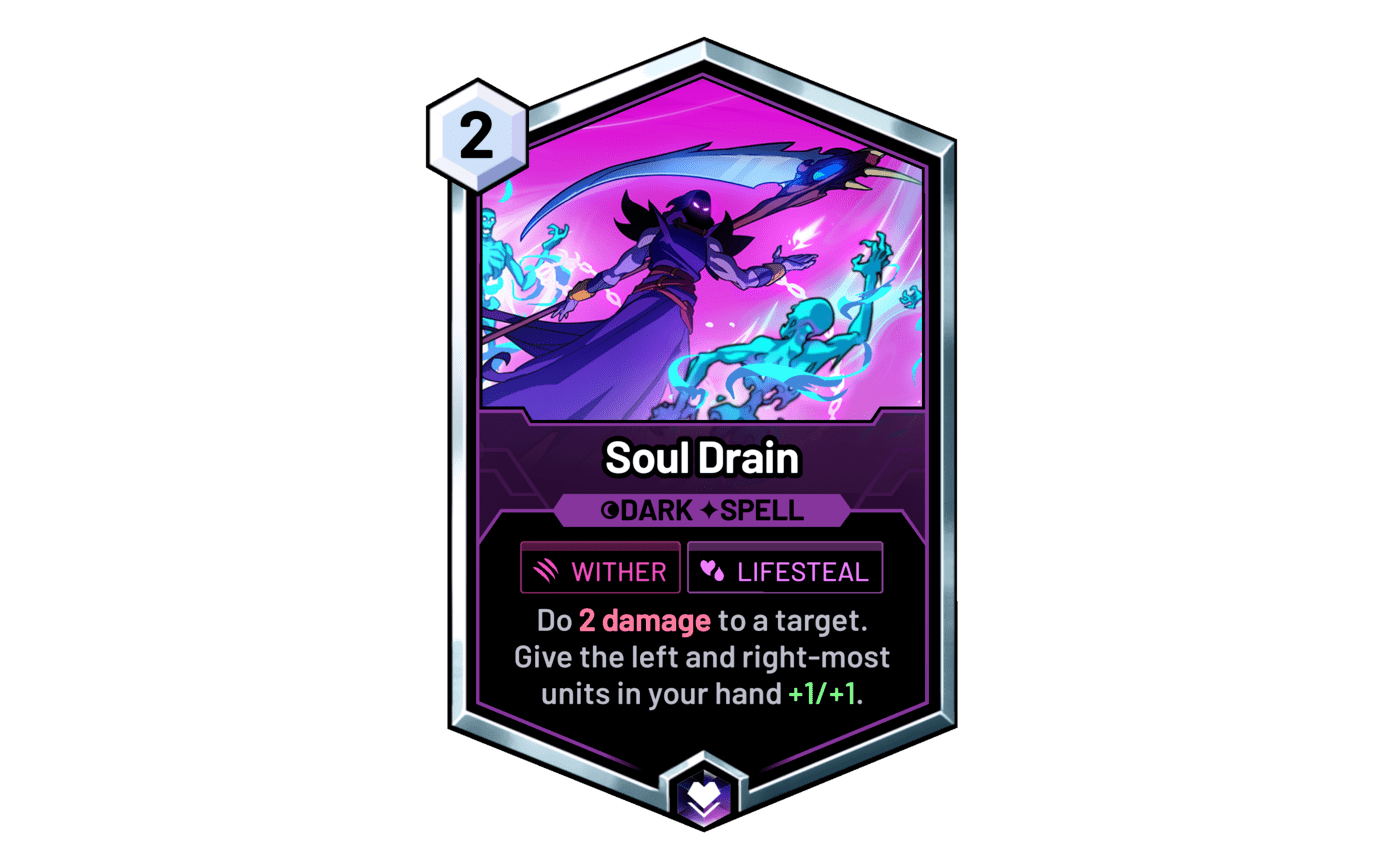
Soul Drain represents the start of a new subtheme for Heart, that being hand-buffing. We’re very excited to expand upon and explore this sub theme further in upcoming expansions.
Torques
The design intent behind Torques was to create a card to allow Intellect to leverage its spell synergies to create both board presence and additional removal, kind of like a hybrid between Zam and Mootichi. We knew early on that this was a design we wanted in the set, but ultimately it actually required a fair amount of iteration to balance.
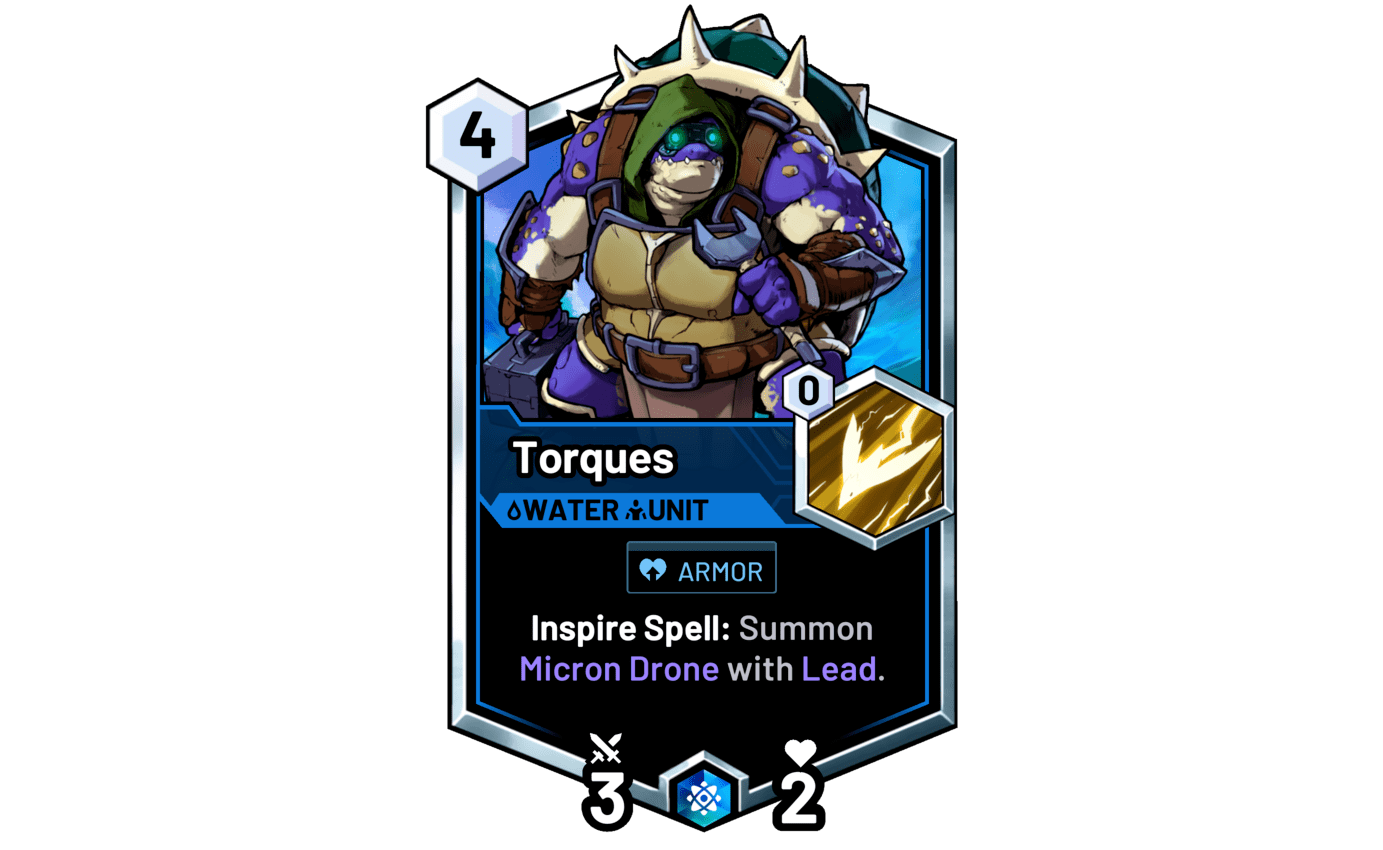
Initially Torques was the intended design for Micro-Manager, but that art was moved to another card. Starting as a 3 cost 1/2 with Stealth & Armor, this proved to be far too powerful, so it was raised to a 4 cost 3/2, but even then, Stealth coupled with its board denial abilities led to it being very snowbally, so it was revised to the current design, which is still pretty intimidating in its own right, often able to pick apart non-armor boards with ease through countless 1-damage pokes.
Glitchbreak
A simple but effective card, Glitchbreak is an important signpost card for Intellect. Having the best and cleanest removal tools for units of any size and shape, especially large units, is part of Intellect’s Identity as a prism, and Glitchbreak stands as the most reliable mass removal spell available in the game, removing all units without any significant downsides. As a result, ensuring Glitchbreak made it into the Prism to help represent that cornerstone of its identity was a key consideration for Clash of Inventors, which is why it made it into the set despite being slightly at odds thematically.
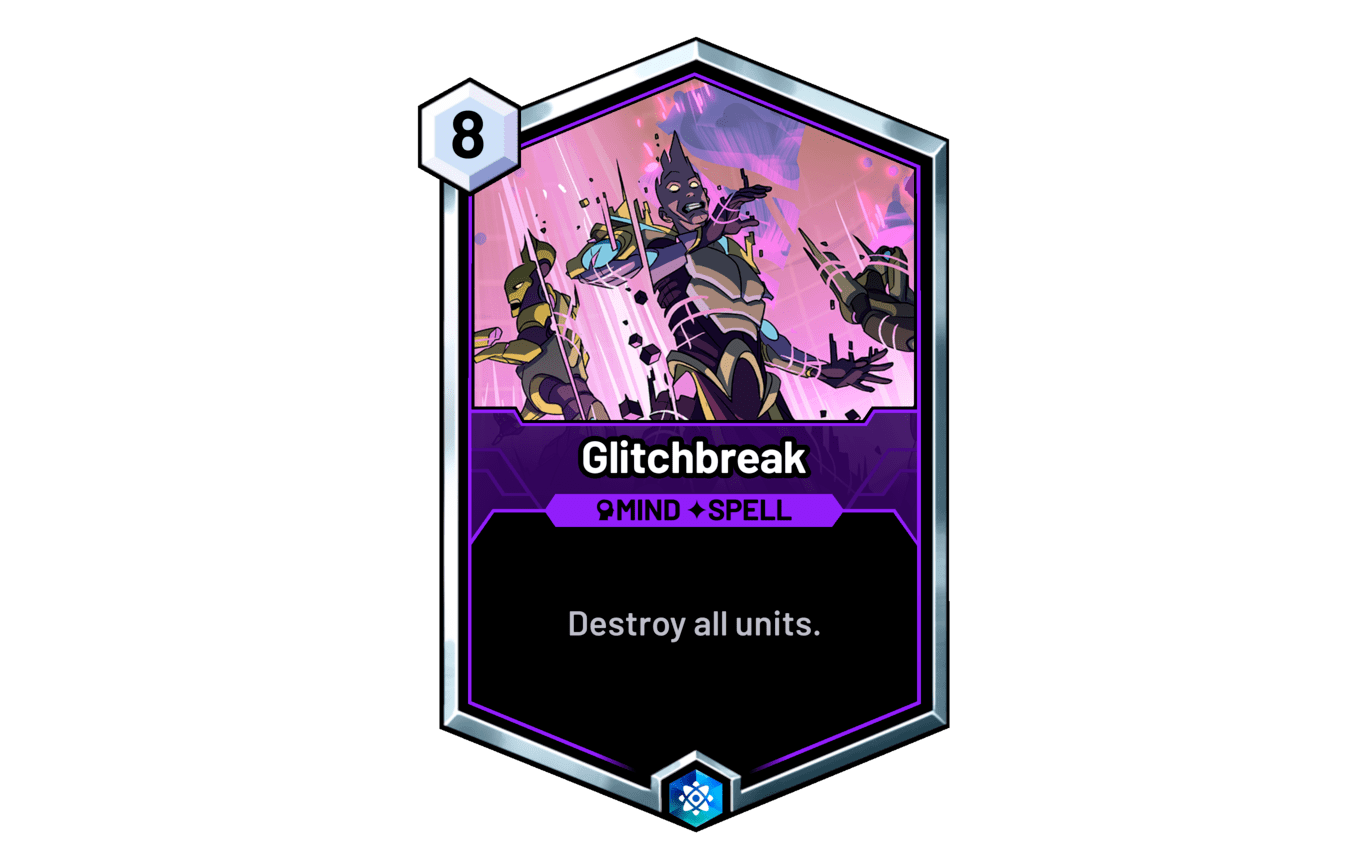
Within the lore of Sky, Glitchbreak showcases an important element of the world, the “Glitch Storm,” a supernatural phenomenon that appears and disappears without warning, warping and reshaping entire swaths of the landscape of Sky, and erasing or horribly transfiguring all living things unfortunate enough to be in its path. We’ll learn more about the Glitch storm, and its place in the greater story of Sky, in a future update!
With that, we’ve come to the end of our design review! I hope you’ve all enjoyed this short two-part series on the design and development of Clash of Inventors’ mechanics and cards, and that it served as a window into the development of the set and the game of Skyweaver as a whole! We’re so excited to have the chance to share these design insights with the community, and we’ll be covering more mechanic and card designs with the release of Hexbound Invasion later this year!
As always, be sure to keep up to date with all Skyweaver news by following us on Twitter @Skyweavergame, Join our Discord Community, and watch our community livestreams on Twitch to learn more about Clash of Inventors and Skyweaver as a whole! Also check out our subreddit, Instagram, and TikTok! Until next time, we’ll see you all in Sky!
Play Skyweaver free now at play.skyweaver.net

Recent Posts


